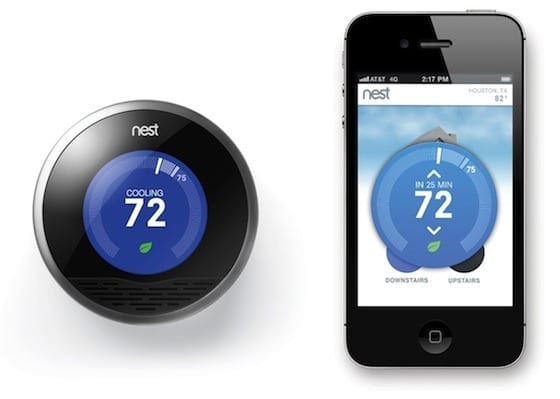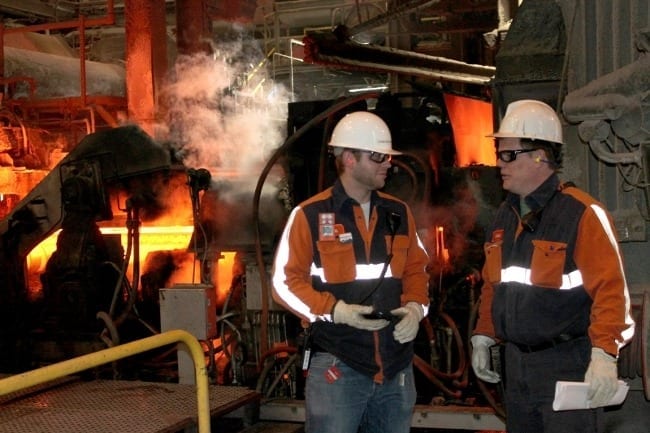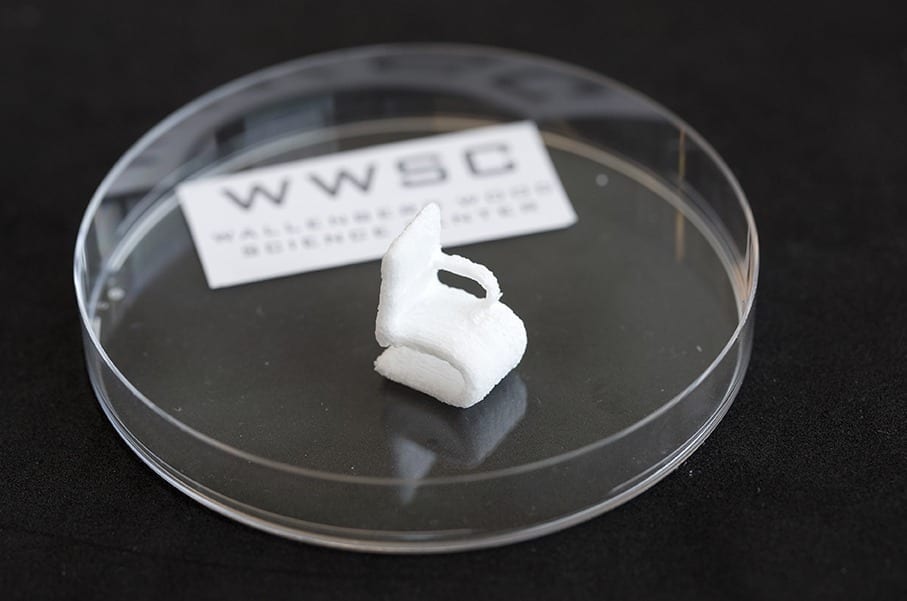
How a new cloud computing system could turn anyone into a tech entrepreneur
That Nest thermostat on your wall could be making you money. Not saving money, mind you. That’s its day job: learning your habits so it can fine-tune your energy use and lower your power bills. But most of the time, it’s just sitting there with nothing much to do. Add in some code written by a group of UAB computer researchers, however, and that Nest — along with all the other smart refrigerators, TVs, light bulbs, sensors and more that make up the Internet of Things — could be helping traveling businesspeople crunch data, tourists Photoshop their vacation snaps, and more.
The system, known as Aura, is the brainchild of a UAB team led by Ragib Hasan, Ph.D., assistant professor in the UAB College of Arts and Sciences Department of Computer and Information Sciences, and director of the SECRETLab research group. Aura pools the unused processing power available in Web-linked devices like the Nest, the poster child of the new Internet of Things (IoT) age.
Aura is designed to connect dozens or even hundreds of these devices into a localized cloud service for customers in need of additional computer horsepower. In addition to the extra processing muscle, those customers would keep their data nearby, instead of broadcasting it to mammoth data centers around the world.
My own private cloud
“With Aura, the building becomes an extension of the mobile phone’s processor and memory,” Hasan explains. “It doesn’t matter that the phone has a weak processor and limited memory — we can do most of the computation on the IoT devices in the building. It doesn’t matter that the phone has limited memory, because it now has access to a vast amount of memory belonging to the IoT devices.”
In other words, Hasan says, “Aura allows us to create powerful desktop-level apps to run on mobile phones, something that is not currently possible.”
Imagine an account executive arriving at her client’s offices, only to come across a new piece of data that would be perfect for her presentation. With only an iPhone handy, she doesn’t have the processing power to recalculate her complex spreadsheet. But “with Aura, she could offload this calculation to a secure, local cloud, and get a response quickly,” says Hasan.
Why would IoT device owners want to take part? Money, of course. Customers would pay a fee for the service, and device owners would be compensated based on the processing power they contributed to the operation.
Read more: Put That Nest to Work
The Latest on: Internet of things business model
[google_news title=”” keyword=”internet of things business model” num_posts=”10″ blurb_length=”0″ show_thumb=”left”]
via Google News
The Latest on: Internet of things business model
- Feed has no items.
via Bing News










